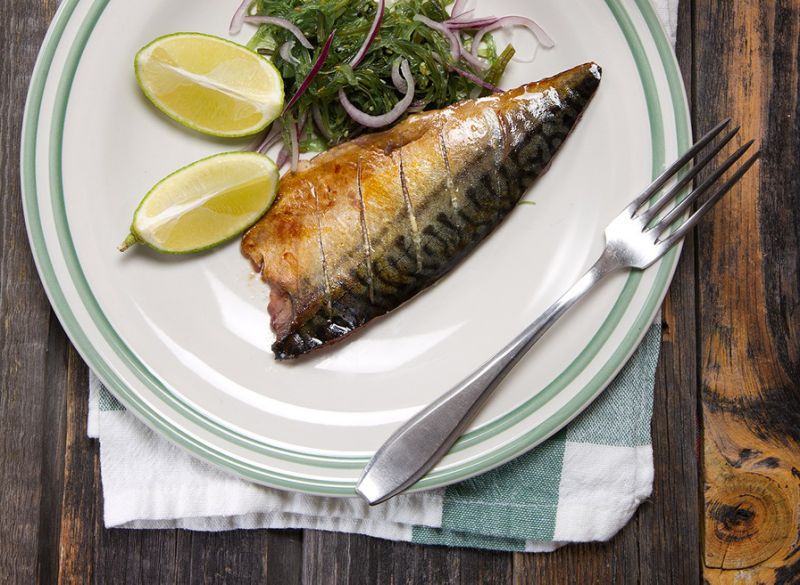
Idea To Off a Killer Fish Fry
Friday night fish fries are a big deal in many parts of the country—often too big of a deal for those who don’t like waiting in line or putting up with crowds. And even if you can get your hands on a first-rate batch of fish and chips without waiting for an hour or sitting elbow-to-elbow with a hundred of your closest friends, nothing can replicate the magic of frying up your own cod or haddock fillets in the comfort of your own kitchen.
How to Pull Off a Killer Fish Fry
So instead of heading to your local family restaurant next Friday evening, follow these five fish fry techniques for a better home cooking experience.
Stick With “Firm-Fleshed” Fish
Frying oil gets hot—more than 300 degrees hot, to be precise. Not everything can stand up to that kind of assault long enough to cook through. Soft, overly fleshy fish tend to break up in the high-temperature, high-pressure environment of a frying pot. So if you’re serious about making a fish fry to remember, you need a fish that can get the job done. On the cheaper side, haddock, cod and catfish are all suitable. If you’re looking for a higher-end option, go with snapper, grouper or redfish.
Use Cottonseed Oil
Your home frying operation won’t go through nearly as many fillets as the restaurant it replaces, but that shouldn’t stop you from opting for a durable oil that can take a lot of abuse. With a neutral baseline flavor and a high smoke point, cottonseed oil lasts about half as long as other common frying oils before it needs to be changed. Depending on the size of your party, that can mean the difference between stopping mid-fry to change your dirty oil or riding your original batch to completion.
Watch for Floaters
How can you tell when a fillet is fried through? Simple: wait until it floats, then wait a little bit longer. As fillets fry, they lose density and begin rising to the surface of the pot. While they’re not quite done when they first hit the air, this milestone means that they’re well on their way. Give each floater another minute or two, then take it out to cool.
There’s More to a Good Fish Fry Than White Flour
Bring up the subject of batter in the company of an avid fried fish fan at your own risk. But in polite company, it’s OK to debate the relative merits of yellow cornmeal and panko. That said, one coating—plain white flour—gets very little love, and with good reason. White flour may be too insubstantial to hold up in the fryer, flaking off and leaving naked, exposed fish flesh before the fillet cooks through.
Tartar Sauce Makes Everything Better
It might be a whole separate recipe, but that doesn’t make it any less important. Without tartar sauce, your fried fish—whether cod, haddock or highfalutin snapper—just isn’t going to taste the same. Do yourself a favor: Make and refrigerate a batch before firing up the fryer. Otherwise, you’ll be stuck with ketchup and hot sauce.
Frying fish at home is more art than science, and this list could easily be three times as long. But, taken together, these easy-to-follow tips create a great base for a successful frying experience. If you’re willing to get some batter on your hands, you might just be able to avoid the rush next Friday.



